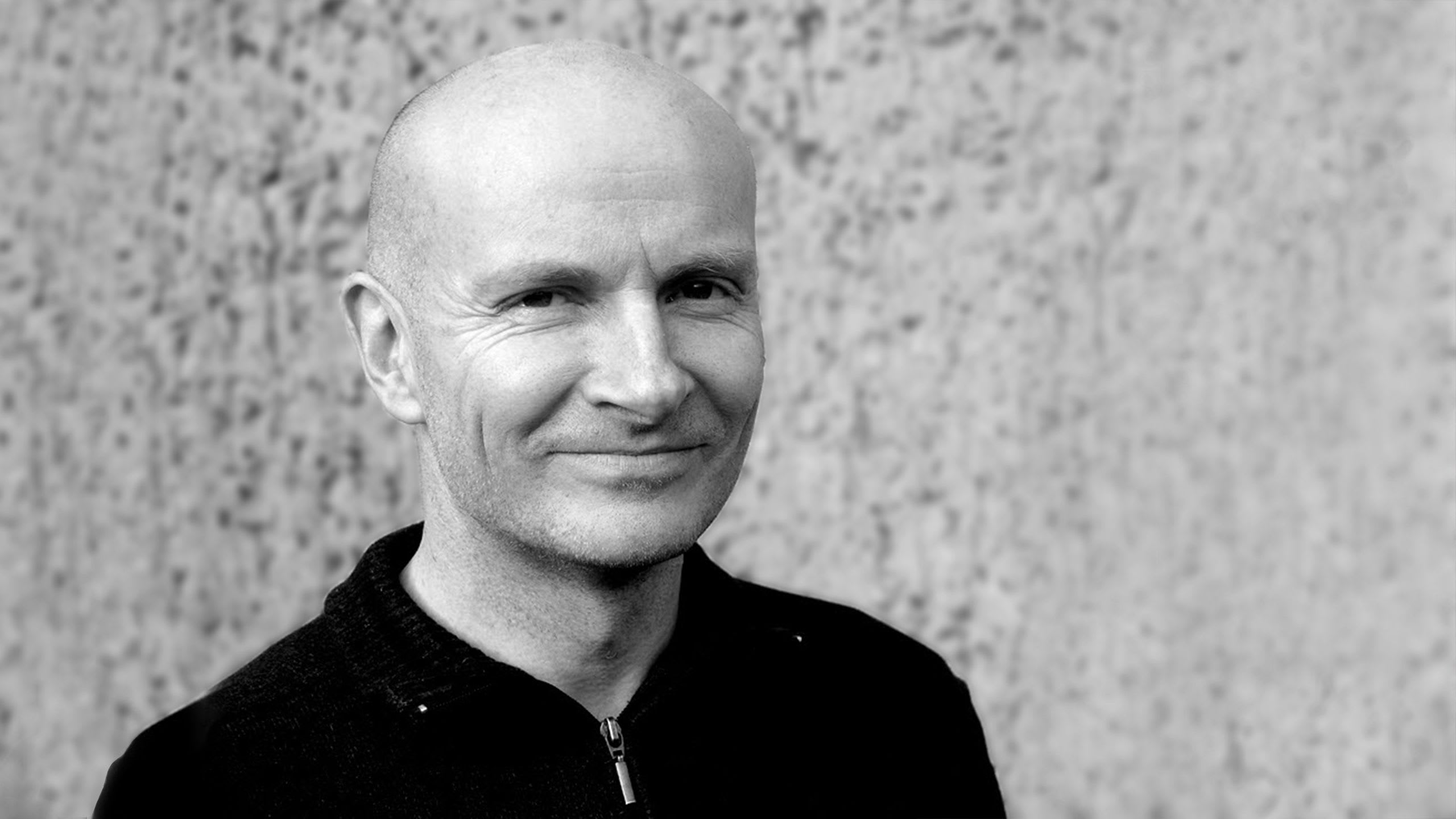Casey REAS is one of the most influential figures of modern generative art. He’s the co-founder of Processing and the Processing Foundation, as well as the online gallery Feral File. Casey is both an artist and an educator, teaching at UCLA and working out of his studio in Inglewood. I had the honor of speaking with Casey in advance of his upcoming Art Blocks project CENTURY.
Jeff Davis: Casey, it’s awesome to have an opportunity to chat with you. I always like to start at the beginning, how did you first get into making art?
Casey REAS: Art has always been my thing, since childhood. I took a pragmatic turn to graphic design in college, but now I’ve been working in my studio and exhibiting for over twenty years. I didn’t start coding until I was in my late 20s and that was my shift away from design and back into art. My two years at the MIT Media Lab from 1999–2001 working with John Maeda led to my first opportunities.

JD: And that’s around the time you started developing Processing?
CR: Ben [Fry] and I started Processing in 2001 as a sketchbook for our own work and as a platform for teaching code. Processing makes it easy to get a project up and running and to work through ideas. My life in the studio, working on Processing, and my teaching are all intertwined. Everything revolves around code and software.

JD: How do you feel your creative practice has changed over time?
CR: My work and the ideas have shifted over time. Until 2010, I was working with emergence and generative, growing forms. I gradually started working with images and video as source material to create generative collages. That change led to years exploring machine learning as my work moved more toward video. Now, I’m comfortable working and thinking in many ways and I’m following my nose. With the exception of the machine learning work, I still code everything in Processing—that’s been consistent all the way through.

JD: Any recent accomplishments you’d like to share?
CR: Having my software art included in the Programmed: Rules, Codes, and Choreographies in Art, 1965–2018 exhibition at the Whitney Museum of American Art in 2018 was a great honor as well as the Coder le monde exhibition at the Centre Pompidou the same year. The honor I’m most proud of is my UCLA Distinguished Teaching Award in 2018. This November will be the 20th anniversary of my first exhibition at the bitforms gallery in New York. I’m still burning the candle at both ends and making new work today.
JD: It seems like such a natural fit for so many code-based artists, but how did you find your way into NFTs and crypto art?
CR: I’ve been collaborating with Bitmark for many years. Bitmark is a blockchain company that focuses on digital property rights. Together, we launched the a2p (artist-to-peer) project in Fall 2019. With a2p, we invited large groups of artists to make NFT editions of 10 and to trade with each other. My first NFT was Latent Space 1.1, minted on the Bitmark blockchain for a2p. In the Summer of 2020, I started building the Feral File online NFT gallery and platform, and we launched it in March 2021 with the Social Codes exhibition that I curated. We’re opening the third exhibition on June 28th! I’m excited about code and NFTs, so I’ve been lurking around Art Blocks since the beginning. I’m really excited to participate this week.

JD: Oh man, you don’t know how excited we are to host your work! What would you say is the inspiration behind your Art Blocks project?
CR: I’m an art lover, and I’ve spent countless hours looking at paintings and drawings in books and museums around the world. As someone with one foot in the 20th Century and one in the 21st, I look at a wide range of stuff, but my focus is abstraction. CENTURY is my homage to that work. I started a different version of CENTURY along another path in 2015, and I pushed it into this direction in 2021. The most direct reference within CENTURY is a series of images created by Ellsworth Kelly in the 1950s where he cut his images into columns and then reassembled them in a different order. The process of composing, slicing, and re-composing is the core of CENTURY.

JD: What should collectors look for as CENTURY unfolds?
CR: I’ve generated tens of thousands of these over the last few months, and I’ve gradually honed in on where I want it to be. It has expanded and contracted in scope many times. There are a wide range of probabilities involved: number of lines, range of line thickness, number of slices, color palette, etc. The most important thing about CENTURY is the motion and the multitude of variations to be discovered within each mint. Run it live to see the subtle motion, a nod to George Rickey, and press the ‘1’ key to slice and combine the base composition in new ways. Each transaction hash creates a unique base image and a way to re-compose it.
JD: Anything else you’d like to share to help people better understand your art?
CR: I’ve worked in many different ways and with different ideas, but code is at the root of everything. Motion and change are the essence. I started coding in the late 1990s because I wanted to make drawings that I felt I couldn’t make any other way and I’ve been running with it ever since. An eclectic mix of visual art, cinema, and music influence everything that I do. I started in the analog world of drawing and drumming and moved to software later.
JD: It’s been great chatting with you! What’s the best way for people to follow your work?
CR: There are representations of most things on my website. Work-in-progress and exhibition announcements often flow through my Twitter and Instagram accounts.



